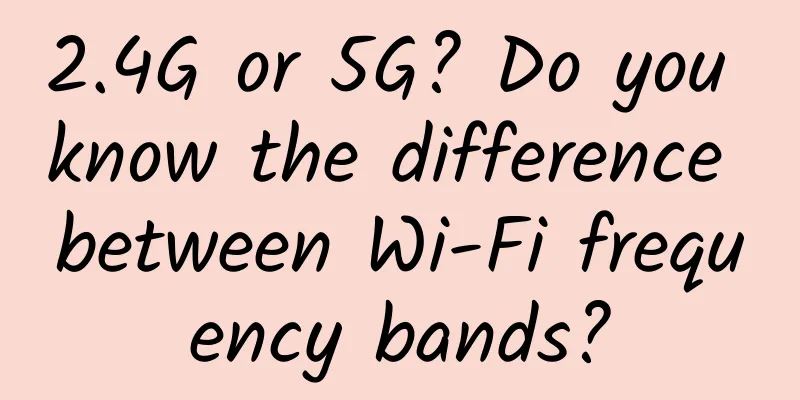WPS joins hands with HarmonyOS to jointly explore the path of smart office upgrade in the era of the Internet of Everything

|
At the Huawei Developer Conference on September 10, 2020, Huawei launched the HarmonyOS 2.0 version, which provides a large number of development tools and platform optimization development experience for the evolution of the full-scenario smart ecosystem. In the office scene, WPS is one of the first representatives to join the HarmonyOS ecosystem. After being equipped with HarmonyOS 2.0, WPS has added office collaboration capabilities, and the cross-device collaboration experience has been greatly improved. Why did WPS, which has a history of more than 30 years, choose to join the HarmonyOS ecosystem first? What user pain points did WPS solve by connecting to HarmonyOS? What new opportunities will HarmonyOS bring to the entire smart office field? In a recent interview, Zhuang Yong, senior vice president of Kingsoft Software, shared the story behind this cooperation from the perspective of technical value and commercial value.
(Click on the image to view the video) The era of full-scenario intelligence is coming. WPS joins hands with HarmonyOS to break the barriers of data flow across devices Zhuang Yong said that the reason why WPS chose to join the HarmonyOS ecosystem was that it found that HarmonyOS's distributed capabilities and its ability to solve user pain points in current office scenarios were of great help. After entering the mobile era, the use of office software has expanded from the PC side to more mobile terminals such as smartphones and PADs. The document-based flow between multiple devices has become one of the most important pain points in office software scenarios. HarmonyOS's distributed capabilities bring a new experience of seamless cross-device flow to mobile office scenarios. After being equipped with HarmonyOS, WPS allows documents to be browsed across devices, breaking the barriers to data flow and bringing more convenient, efficient and secure distributed data management capabilities. Improve user experience, HarmonyOS helps WPS better serve users In the interview, Zhuang Yong said that WPS has always been user-centric, and the cooperation with HarmonyOS has brought about a comprehensive improvement in user experience and product capabilities, which can help WPS better serve users. With the arrival of new user demand scenarios, users' demands for office software have been upgraded from simple single-device operation to cross-device and multi-person collaboration, requiring office software to have better cross-device collaboration capabilities, and HarmonyOS's three core capabilities of distributed soft bus, distributed data management, and distributed security can solve this problem. Based on the entire distributed architecture of HarmonyOS, users only need to open the WPS application to synchronize documents on the mobile phone to the large screen with a simple scan, while supporting real-time annotations and file sharing. The whole process is very natural and smooth. Secondly, WPS has also connected to the security SDK in HarmonyOS and made in-depth improvements to the security system. Zhuang Yong mentioned that WPS itself has made further intelligent security protection for office documents based on the account system, but with the distributed security capabilities of HarmonyOS, WPS can more easily set, copy, print, and share document permissions, thereby further improving security. Zhuang Yong frankly said that the success of a business depends first on what kind of problems the product helps users solve. The emergence of HarmonyOS solves the pain points of cross-device transfer and sharing in office scenarios, and the corresponding business value system will naturally be reflected. Therefore, when new user scenarios based on cross-device multi-person collaboration arrive, WPS chooses to leverage HarmonyOS's cross-device technical advantages to further strengthen and improve product capabilities and gradually explore new user service points. In the era of the Internet of Everything, HarmonyOS helps smart office innovation and upgrade In the era of the Internet of Everything, the difficulty of smart office lies in the sharing and use of massive data. To realize smart office, it is necessary to solve the problem of how enterprises can first form an office system suitable for themselves internally, and at the same time, ensure data security on the basis of improving work efficiency. HarmonyOS provides basic capabilities to solve the difficulties and pain points of smart office, and further strengthens and improves smart office scenarios. The functional improvement of WPS based on user experience also proves the availability and practicality of HarmonyOS distributed capabilities in smart office scenarios. HarmonyOS lowers the threshold for product and application innovation, while providing support for more technical and talent collaboration and promoting the advancement of the ecosystem. As Zhuang Yong said, "In the era of the Internet of Everything, HarmonyOS allows us to rethink the connection between devices, re-examine the way people interact with devices, and re-understand how applications are called between multiple devices. So we also believe that smart office should be people-centric and return to the origin of user needs." |
<<: How far can a SaaS company go? Mainly determined by these two indicators
>>: After 2G network withdrawal, the results began to show
Recommend
Five ways edge computing drives digital business
Every industry has created a new normal: if your ...
Huawei releases "Premium Private Line 2.0 & Intelligent Distributed Access" solution
[Beijing, China, October 15] In September this ye...
Will the cloud business of the three major operators surpass Alibaba and Tencent in 2021?
In the past, during the evolution from 2G/3G/4G, ...
Challenging the NB-IoT and LoRa market? A new round of competition in the LPWAN field
In recent years, the IoT industry has reached a c...
China and Europe should strengthen 5G cooperation and jointly promote the development of digital economy
In September 2020, the "China-EU Business Di...
Speedtest releases Starlink network speed test report
Ookla, the parent company of the well-known speed...
5G innovation promotes green and low-carbon development
Energy conservation is the key support for achiev...
TMThosting: Seattle high-security VPS monthly payment starts at $3.16, 20% off, supports Alipay
TMThosting is a foreign hosting company establish...
Computer software: Recommend 10 practical office efficiency tools
[[395494]] 1. Everything search tool Everything i...
CloudSilk: German AS9929 line 500Mbps large bandwidth starting from 216 yuan/year
A friend of mine was looking for a host with AS99...
How to wire the LAN in a new house
How to build a simple, stable, reliable and high-...
Introduction to MQTT protocol, MQTT is the standard messaging protocol for IoT (everyone in IoT must know)
MQTT (Message Queuing Telemetry Transport) is a &...
Can 5G enable remote surgery?
In the early days of 5G, we often saw various hig...
A brief analysis of Web real-time communication technology!
Web-based instant messaging The server can immedi...
Briefly describe the four key indicators of network performance: bandwidth, latency, jitter, and packet loss rate
1. Bandwidth (1) Basic concepts Bandwidth refers ...








